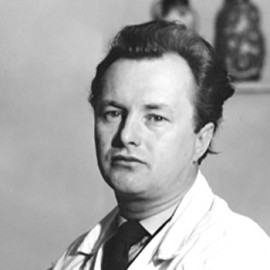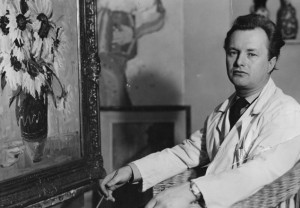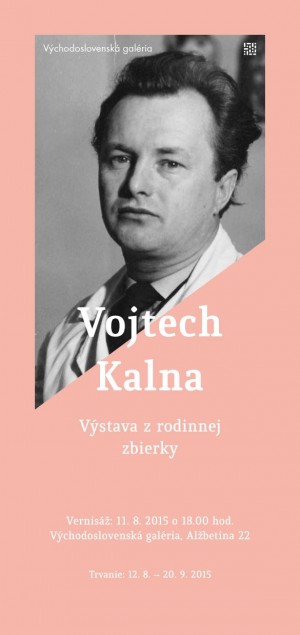
- Biography
- Portfolio of works
- Photo archive
- Bibliography
Biography
A member of the Union of Artists of Czechoslovakia.
Adalbert (Voitekh) Kalna was born on 14 October 1925 in Mali Heivtsi village, Uzhhorod district in the family of the director of the waterworks. Voitekh learned to paint since his childhood – he took private lessons at Y. Bokshai and A. Erdeli. The latter even gave him a set of expensive coloured pencils. He studied at the Uzhhorod Russian Gymnasium. After army service, he became an adviser of the City People's Committee in Uzhhorod and an editor of the Transcarpathian branch of Komsomolska Pravda. When A. Erdeli founded the State Art Institute in 1945, which was later renamed as Uzhhorod Art and Industrial College, he was one of the first students there. There he was taught by Y. Bokshai (who was Voitekh’s supervising teacher), F. Manailo, A. Kotska.
In 1947, because of the Soviet repressions, the artist's family moved to Slovakia – first to Kosice, then to Medzev. In Ružomberok (also Slovakia), the artist received the post of an artist-designer at a textile factory. Later he entered the Faculty of Philosophy of Charles University in Prague, where he studied art history. At the same time, he studied at the Prague Conservatory and at the Higher School of Political and Economic Sciences.
The artist's active creative career began in 1945 when his painting "Winter At Uzh" was presented at the 8th Interregional Exhibition in a separate hall of the Museum of Russian Art.
The influence of A. Erdeli’s expressionism is noticeable in the artist’s paintings. The works are full of optimism and harmony. To convey such mood the artist used bright colours, especially green and blue shades. He painted mostly landscapes and preferred oil, although he also tried other techniques: etching, graffiti on construction sites, film technique. In the last period of his life, he conveyed the events of the Second World War, the atrocities of the German and Hungarian fascists on his canvases.
Travelling also Influenced the work of the artist. Thanks to Adalbert Erdeli’s advice, Kalna visited Yugoslavia, Hungary, Poland, Austria, Italy, France. In addition to Slovak, he spoke Ukrainian, Russian, Hungarian, Czech, German, a little English, and French. Nevertheless, he always considered Transcarpathia his homeland and often visited it.
He participated in numerous collective exhibitions, including in Uzhhorod. In particular, in 1953 his painting was presented in the prestigious exposition in Hradcany (Prague) and it was later purchased by the National Gallery of Czechoslovakia. Following this event, Adalbert became a member of the Union of Czechoslovak Artists. He was the chairman of the East-Slavic gallery in Košice. It was there, in 1960, where his first solo exhibition took place. Kalna exhibited 43 paintings there. During his life, he organized three solo exhibitions.
In 1953, he received the status of a "free artist" and became the co-founder and chairman of the Union of Slovak Artists in Košice. Later he was elected to the praesidium of the organization in Bratislava. At Košice house of pioneers, he headed the artistic group, where he was teaching painting to local children.
In 1963, Adalbert Kalna died in Košice.
A lot of paintings of the artist are kept in the East-Slavic art gallery in Košice, as well as in the National Gallery of Prague, at the gallery in Priashev, Tatranska Lomnica, and in private collections.
Portfolio of works
© Kalna Adalbert




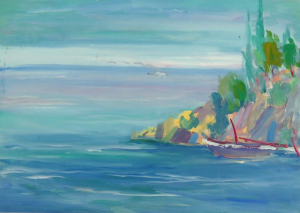
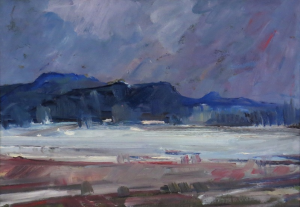
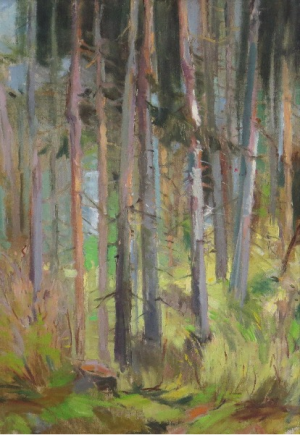
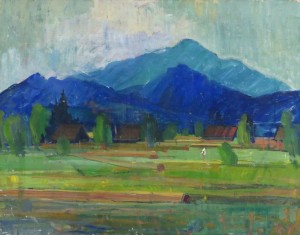
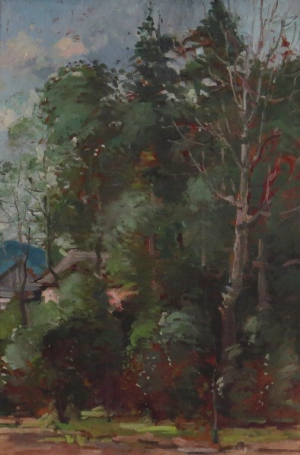
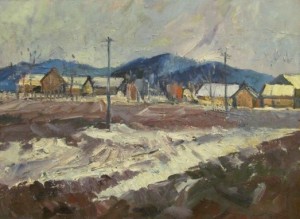
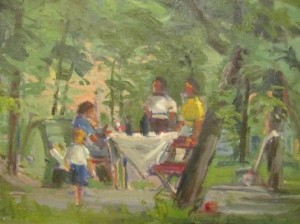
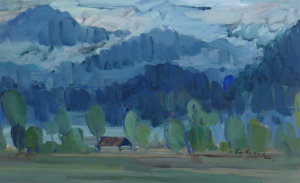
© Kalna Adalbert
Matching content source: photos of the art works are taken from public sources (list)
Photo archive
Sorry, we did not find anything
Bibliography
Matching content source of the published art works:
artedu.uz.ua
https://ua-reporter.com
zakarpattya.net.ua
zakarpattya.net.ua
catalog.library.tnpu.edu.ua
- Biography
- Portfolio of works
- Photo archive
- Bibliography

